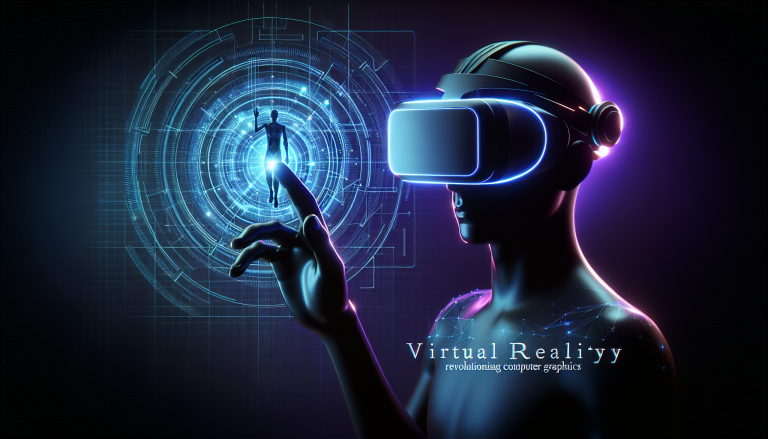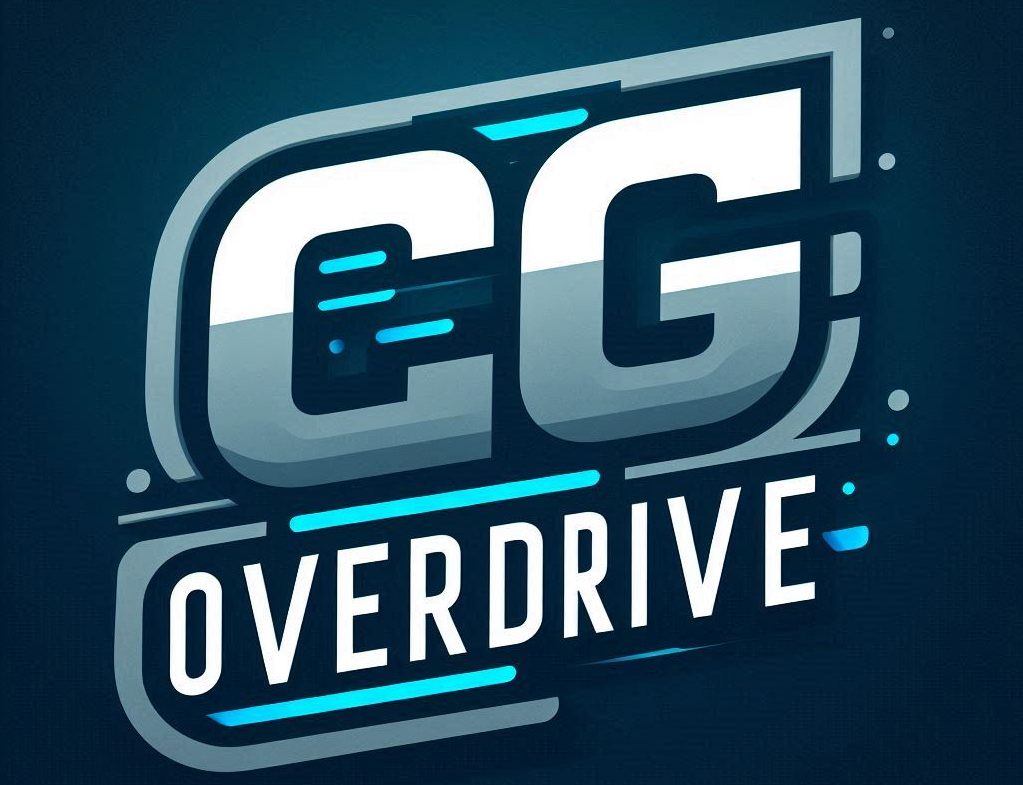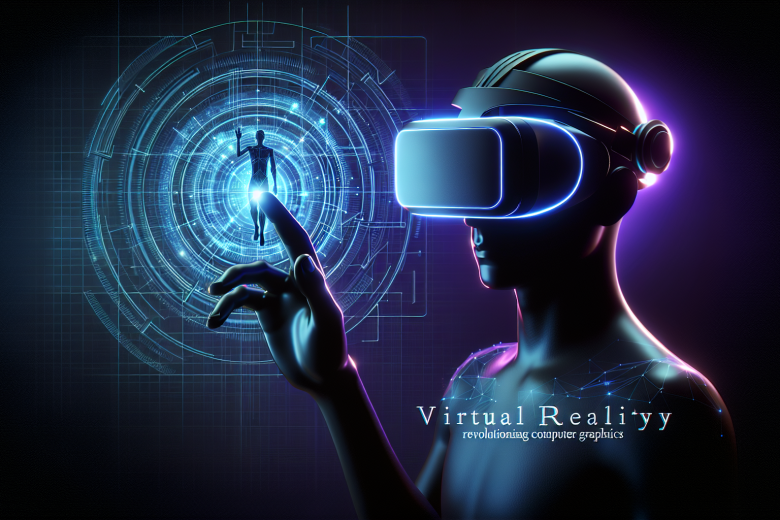Virtual Reality (VR) is no longer just a futuristic concept or a niche entertainment platform. It has evolved into a transformative technology reshaping the computer graphics (CG) landscape and redefining how we experience digital content. With its immersive capabilities, VR blends the boundaries between the virtual world and reality, offering unprecedented portals for storytelling, design, education, and gaming. This article navigates the intricacies of VR within the broader context of computer graphics, providing practical advice, expert insights, and inspiration for creators trying to master this dynamic field.
Why Virtual Reality is a Game-Changer in Computer Graphics
At its core, Virtual Reality involves rendering a fully interactive 3D environment where users feel physically present. Unlike traditional 2D interfaces or even 3D displays, VR stimulates multiple senses, primarily sight and sound, through head-mounted displays (HMDs) and spatial audio systems. This immersive approach requires a rethinking of CG workflows, pushing graphics professionals to innovate beyond flat screens and simple polygons.
Key Drivers of VR’s Impact in CG:
– Real-time rendering at high frame rates (90fps or more) to avoid motion sickness
– Spatial mapping and tracking for precise user interaction
– High-fidelity textures and lighting to mimic reality
– Stereoscopic 3D to enable depth perception
– Integration of physics engines to simulate believable environmental dynamics
These unique demands foster new toolsets, pipelines, and creative approaches, making VR an exciting arena for CG artists and developers.
The Technical Foundations of VR in Computer Graphics
Mastery of VR hinges on a robust understanding of both hardware and software components that underpin the VR experience. The challenge lies in maintaining a delicate balance between graphical richness and computational efficiency.
1. **Real-Time Rendering Engines**
Modern VR development relies heavily on engines like Unreal Engine and Unity, which provide optimized rendering pipelines tailored for VR. These engines support advanced lighting models (PBR – Physically Based Rendering), post-processing effects, and efficient asset management to deliver high-quality visuals with minimal latency.
2. **Optimizing for Performance**
Achieving consistently smooth frame rates above 90fps is critical to user comfort. Developers employ several optimization strategies:
– Level of Detail (LOD) systems that simplify distant objects on the fly
– Occlusion culling to avoid rendering unseen geometry
– Shader complexity reduction and batching draw calls
– Use of baked lighting where possible to save real-time calculations
3. **Head and Motion Tracking**
Accurate tracking of the user’s head and hands is essential for immersion. VR systems incorporate inertial measurement units (IMUs), cameras, and external trackers to map physical movements to the digital environment. This real-time positional data informs viewport adjustments and interaction models.
4. **Spatial Audio Integration**
Visual immersion is complemented by spatial audio, enabling sounds to originate from specific points in the 3D space. This requires complex acoustic modeling, handled by dedicated audio engines that simulate reflections, occlusions, and Doppler effects.
Design Principles for Effective VR Computer Graphics
Creating compelling VR content extends beyond achieving photorealism. Developers and artists must consider the unique human factors and perceptual nuances of VR.

– **Maintain Comfortable User Scale:** Objects and environments should conform to natural size expectations to avoid disorientation. Use real-world measurements as a reference.
– **Simplify Interaction Models:** Overly complex interfaces can overwhelm users in VR. Use intuitive gestures, highlights, and contextual cues to guide interaction.
– **Avoid Visual Overload:** Excessive detail or clutter can distract or cause cognitive fatigue. Employ negative space strategically.
– **Optimize for Field of View (FOV):** FOV in VR headsets typically ranges between 90 to 110 degrees. Designing to accommodate this ensures users don’t miss important visual information.
– **Minimize Latency:** Input lag and delayed scene updates severely break immersion and can cause motion sickness. Prioritize pipeline optimization to keep latency under 20ms.
– **Leverage Visual Effects Judiciously:** Particle systems, volumetric fog, and dynamic lighting add depth but must be carefully balanced against performance limits.
A Practical Framework for VR Content Creation Workflow
| Phase | Key Tasks | Tools & Technologies | Best Practices |
|———————|————————————————|————————————|—————————————|
| Concept & Storyboarding | Define VR narrative, scale, interaction flow | Sketching software, VR prototyping tools | Design for immersion and comfort |
| Modeling & Texturing | Create low-latency 3D assets with efficient UVs | Maya, Blender, Substance Painter | Optimize geometry and texture resolution|
| Animation & Rigging | Develop natural movement and physics interactions | Motion capture, physics engines | Smooth transitions and realistic physics|
| Integration & Coding | Implement mechanics and user input systems | Unity, Unreal Engine, C#/Blueprints| Modular, test-driven development |
| Optimization & Testing| Performance profiling, UX testing | Oculus Profiler, SteamVR tools | Iterative refinement, user feedback |
| Deployment | Package for target VR hardware | SDKs for Oculus, SteamVR, Vive | Ensure hardware compatibility and updates|
This structured approach helps manage complexity and ensures delivery of immersive, stable experiences.
Expert Insights: Navigating VR’s Rapid Evolution
VR technology is evolving at a breakneck pace, merging advances in hardware and AI-driven graphics to unlock new possibilities:
– **AI-Driven Content Generation:** Tools powered by machine learning can auto-generate textures, environments, and character animations, accelerating the creative process.
– **Foveated Rendering:** By tracking user gaze, foveated rendering dynamically allocates GPU resources to the center of vision, significantly boosting performance.
– **Haptic Feedback & Sensory Integration:** Beyond visuals and audio, integrating tactile feedback enhances immersion and interaction realism.
– **Social VR and Shared Experiences:** The CG industry is exploring ways to build more engaging multi-user VR worlds, balancing graphical fidelity and network performance.
One visionary quote captures this spirit perfectly:
*”Virtual Reality isn’t just a new medium—it’s the next leap forward in human-computer interaction, where the boundary between imagination and reality disappears.”* – Anonymous VR Pioneer
Practical Tips for Aspiring VR CG Creators
– **Start Simple, Scale Up:** Begin with small VR projects focusing on core interaction before expanding to complex environments.
– **Master Real-Time Optimization:** Efficient asset creation is essential. Learn to sculpt with polygon budgets and bake lighting smartly.
– **Invest in User Testing:** Immersion is subjective. Collect feedback early and often to refine comfort and engagement.
– **Stay Updated on Hardware Trends:** VR headsets evolve rapidly. Tailor your development pipeline to upcoming standards and features.
– **Engage with the VR Community:** Forums, hackathons, and developer groups offer insights, support, and inspiration.
Comparing VR Development Engines: Unity vs. Unreal Engine
| Feature | Unity | Unreal Engine |
|————————–|—————————————|————————————-|
| Ease of Use | User-friendly, large community support| Powerful but steeper learning curve |
| Visual Fidelity | Good, with lightweight rendering | Industry-leading photorealism |
| VR Support | Extensive, flexible SDK integrations | Comprehensive VR toolset out-of-the-box |
| Scripting | C# | C++ and Blueprints (visual scripting)|
| Performance Optimization | Good tools, asset streaming | Better native optimization tools |
| Asset Store / Marketplace | Massive asset ecosystem | Growing, curated asset marketplace |
Both engines excel for VR CG but serve different project scopes and developer preferences.

